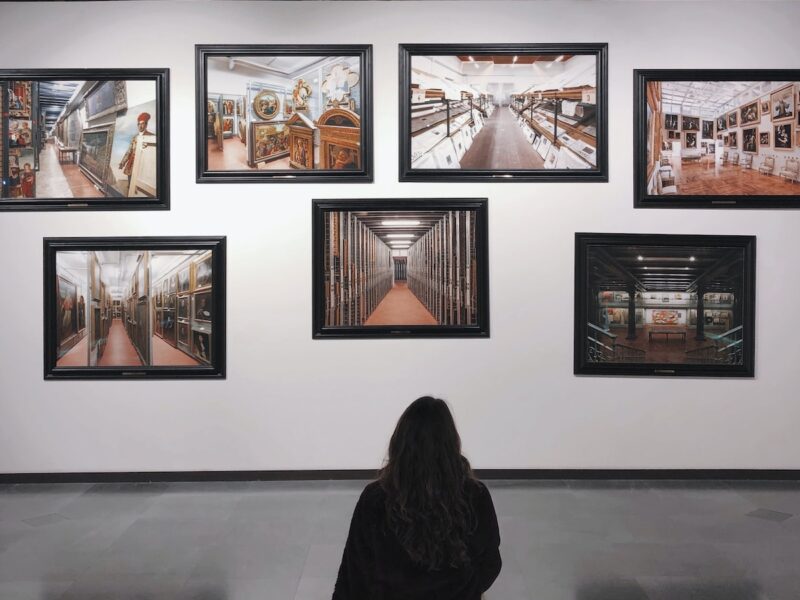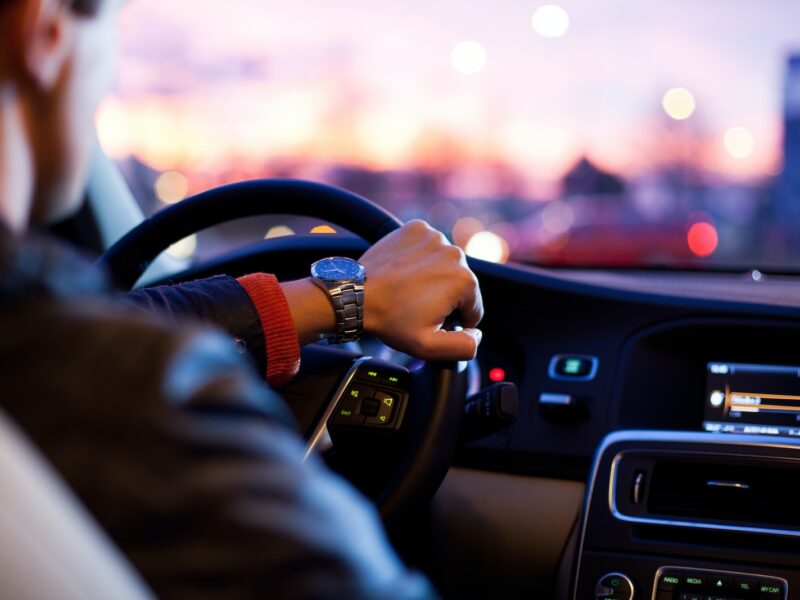There is an older movie called “This Is Spinal Tap”. In the movie, the character, guitarist Nigel Tufnel explains that their amplifiers don’t just go to ten, but that they actually go to eleven. “It’s one louder, isn’t it?”
Louder and louder, the world gets louder. The background noise has reached a point where there is even a measurement of a “World Hum”, a low-frequency continuous indistinguishable sound.
The noise you live in
In urban environments, the background noise level, or ambient noise, has increased steadily and is now in the 85-90 dB range. That is the average operating noise level of a bulldozer at idle. At 85 d, continuous exposure can lead to permanent hearing loss in just 8 hours, or the average work day. So what do you suppose those Beats by Dre do to your ears in, say, 15 minutes.
Music amplified
First, understand that our musical experiences have changed more in the past 100 years than in all of recorded history. The amplification of music has elevated our opportunities to hear and appreciate music to new and significant levels.
If you look at how we listened to music prior to 100 years ago, you would see we either listened to it outside in a public environment, or in facilities designed not to amplify, but to efficiently direct the sound to the listener. Though a full symphony can reach 98dB, and individual instruments (especially percussive) have reached up to 140dB, nothing before now can compare to the volume of amplified sound.
Amplified sound has made it possible for us to hear music in much larger environments. Indoors and outdoors, more people can hear more different music in more different ways. Subtlety and audaciousness can both be expressed and appreciated on a greater scale. All good, right?
Bringing the rock
Well, not so much, AC/DC, Kiss, Motorhead, My Bloody Valentine are just some of the bands that make a top ten list of the loudest bands ever. Each band has been measured at over 115dB at one point or another. They are by no means the only ones to be loud. The average sound of a concert increased to a point that it began to affect neighborhoods and put attendees at risk. The result of their love of volume generated the rules that control volume in public places.
Bringing home the boom
That same amplification came into our homes, and stereos brought our favorite music with it. The greater amplification helped us to appreciate music at a deeper and more visceral level but tended to drive moms and neighbors nuts. Hence, we put on the headphones.
Mom’s right
While those headphones are awesome in how they allow us to really hear music at another level. They are pretty tough on your hearing. Those Beats you’re listening to as you study for your class on organic chemistry, well those headphones can deliver up to 120dB, causing hearing loss in only 15 minutes. If you can’t hear anyone around you, you are actually listening at too high a volume for safety’s sake. If you use your headphones at even just 60% volume for 60 minutes a day you are at risk of damage.
Yeah, yeah, yeah, you say, but did you know that hearing loss from damage is permanent. Like life long. Remember talking to your grandpa?
“What? Huh?” “The spiders in the refrigerator to mars?” “No, Grandpa, the tires are getting worn on the car!”
Remember your mom and grandma yelling at Papa to turn the TV down? I’m just saying you may want to hang on to those gems in your family dynamics, as you start to bump up the volume.
So the next time you jump out of your seat in surprise because you are can’t hear your friend sneak up on you, remember what your mom told you, for your heart and ears sake.


